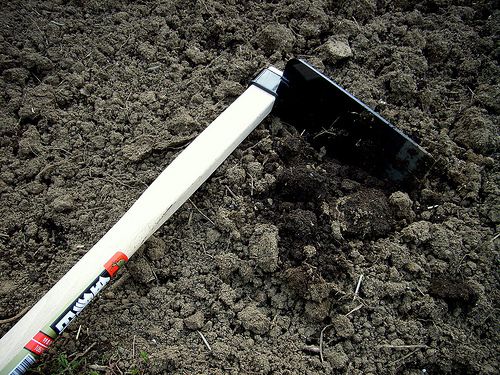
The pH scale is the way that chemists measure the acidity or alkalinity of the soil. The scale is drawn on a number line that ranges from 1-14. The lower the number is on the scale, the higher the acidity, and the higher the number is, the higher the alkalinity. The middle ground or neutral point of the scale is at seven on the pH scale. Numbers that fall to either side are either “sweet” (alkaline) or “sour” (acidic).
The reason the acidity and alkalinity is important is because they influence the nutrition that each plant receives. The acid or alkaline levels affect this by making them either more or less available to plant roots — depending on the plant species.
Most plants do very well with a neutral spoil or one that’s slightly acidic. If home gardeners are adding a lot of organic matter (compost) to their soils, it’ll bring them closer to a neutral pH. There are a few plants that thrive in soils that are more on the acidic or “sour” side such as Rhododendrons, holly, azaleas, camellias, foxglove, and blueberries. The pH in soil can be organically lowered by adding peat moss, oak leaves, coffee grounds, or iron sulfate.
Some plants such as ceanothus, lilac, Daphne, clematis, pinks, spirea, and forsythia prefer soils on the sweeter side. While most of these plants will do well in a neutral soil, if you have extremely acidic soil you may want to raise it by amending organically with lime, wood ash (use sparingly), or oyster shells. Compost is an excellent pH buffer (bringing soils to a neutral pH) for soils and some gardeners feel that it can also raise the pH to some degree, as well.
The simplest way to figure out your soil pH is to purchase an inexpensive do-it-yourself kit at a local nursery. You can go for a basic model or splurge and buy one of the most expensive ones. The basic ones are great fun and give you a fairly good idea about what’s going on generally in your neck of the woods. The expensive ones are going to be the most accurate.
Laboratory Soil Testing
Formal soil testing such as collection a sample and sending it off to a lab, goes beyond basic texture and pH level information. It’s a more complex view that let’s you in on the minerals and nutrients in your soil. While I think there’s some validity to knowing the deepest chemical composition of your soil, it isn’t always necessary. Personally, I tend to just amend my soil like crazy with compost and all seems to go well. That said, if I noticew that plants look like their suffering, a soil test is a great place to start.
I always start out with a home test and haven’t had to go farther than this, but I know other gardeners who have and it they were happy that they did. Formal testing a way to get to know your soil on a more intimate level — or I should say levels. Sometimes if a home test indicates that things are truly off balance, the labs can shed further light on the situation as well as help you adjust the soil properly. If you’d like to dig deeper (pun intended), there are a couple of ways to go about obtaining more extensive information.
After a home test, the next logical place to check is your local Cooperative Extension Office. They often offer inexpensive soil testing which is more complete than a typical home test. The next step after that is to contact a private laboratory which is more expensive that the first two but not horribly so. A private lab can give you the most complete report. I do want to mention that if you’re gardening in containers, skip the test considering you control everything from the get-go in this case.
Fine Gardening Recommended Products

A.M. Leonard Deluxe Soil Knife & Leather Sheath Combo
Fine Gardening receives a commission for items purchased through links on this site, including Amazon Associates and other affiliate advertising programs.
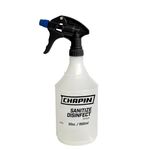
Chapin International 10509 Upside-Down Trigger Sprayer
Fine Gardening receives a commission for items purchased through links on this site, including Amazon Associates and other affiliate advertising programs.
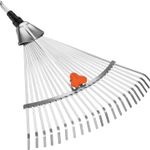
Gardena 3103 Combisystem 12-Inch To 20-Inch Adjustable Metal Fan Rake Head
Fine Gardening receives a commission for items purchased through links on this site, including Amazon Associates and other affiliate advertising programs.


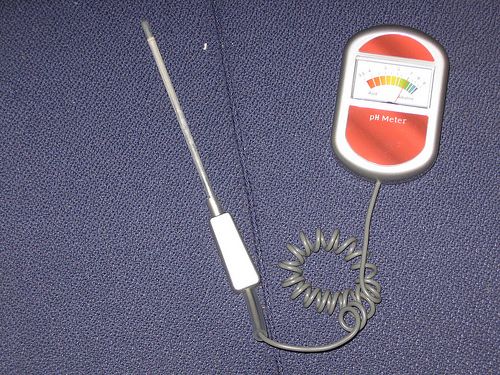


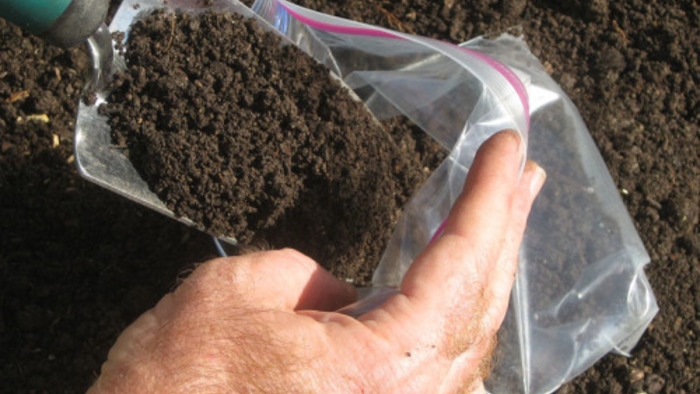

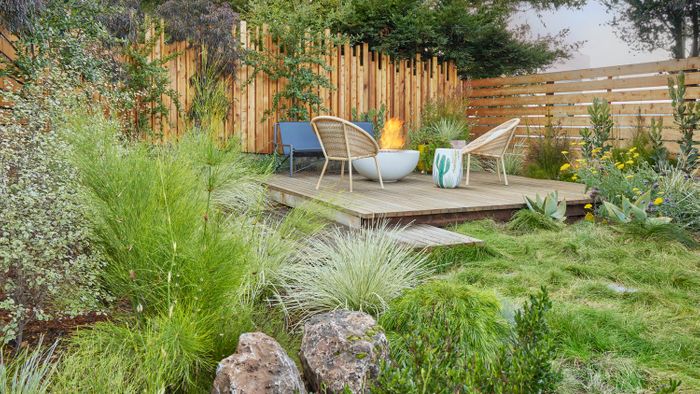
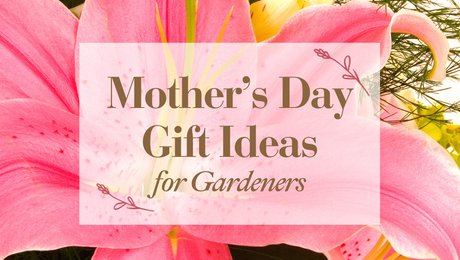











Comments
Log in or create an account to post a comment.
Sign up Log in